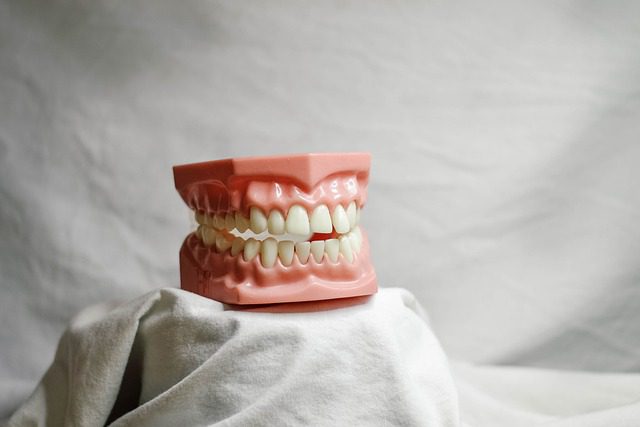There are a number of symptoms and characteristics associated with Kindler epidermolysis bullosa (Kindler EB), a rare genetic disorder. When researchers wanted to understand whether hypoplastic pitted amelogenesis imperfecta (AI), a rare inherited disorder characterized by abnormal enamel formation, they dove into research. Amelogenesis imperfecta causes the eruption of teeth with insufficient enamel, leading to pits and grooves.
Gargi Mukherjee writes in Medscape that researchers performed a longitudinal study on 36 individuals between ages two weeks old to 70 years old with Kindler EB. The purpose of the study, published in JAMA Dermatology, was to understand whether orofacial abnormalities like hypoplastic pitted AI were common in this community.
Researchers sourced data from these patients over a 20-year period. The research team found that 11 individuals had enamel structure insight in their records. This found them to have pitted AI. When considering all of the participants, including those whose enamel was not analyzed, the research team found that three patients had teeth crowned in their 20s and two patients had all of their teeth removed in their teens or 20s. This is suggestive of enamel and periodontal issues.
Additionally, the researchers found that patients with Kindler EB showed signs of periodontal disease, lesions in the mouth, angular cheilitis and cheilitis, gum overgrowth, vestibular obliteration, and microstomia (an abnormally small mouth). Additionally, two patients showed signs of squamous cell carcinoma of the lip, which was ultimately fatal.
Ultimately, the research team determined that hypoplastic pitted AI can be a feature of Kindler EB, as well as numerous other orofacial anomalies. To best serve people with Kindler EB, frequent dental care and preventative measures should be taken.
What is Kindler EB?
Also known as: Kindler syndrome
Kindler epidermolysis bullosa is a rare form of epidermolysis bullosa, a group of genetic connective tissue diseases that cause fragile, easily blistered skin. This particular subtype results from FERMT1 gene mutations. FERMT1 mutations prevent the body from creating functional kindlin-1, a protein that plays a role in cell proliferation, adhesion, and migration.
People with Kindler EB experience skin blistering from early infancy. This typically appears on the backs of the hands and tops of the feet. Over time, skin blistering often lessens. However, the repeated blistering can lead to skin fusion between the fingers and/or toes. Additional symptoms or characteristics associated with Kindler EB may include:
- Telangiectasias (small clusters of blood vessels under the skin)
- Skin color changes
- Severe gum disease and early tooth loss
- Cutaneous atrophy
- Colitis
- Sun sensitivity
- Thin, papery skin that begins on the hands and feet before spreading elsewhere
- Conjunctivitis
- Corneal damage and vision loss
- Hardened/thickened skin on the hands and soles
- Esophageal stenosis
- Dysphagia (difficulty swallowing)
- Increased risk of squamous cell carcinoma








